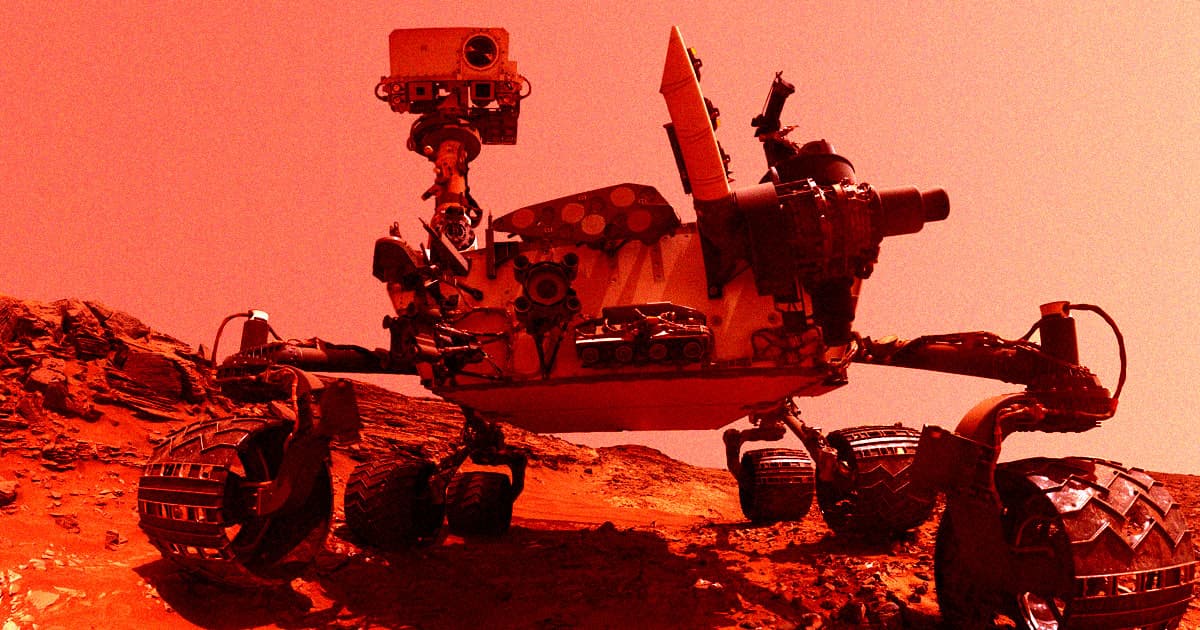The plot thickens.
Emission Control
NASA's Mars Curiosity rover has made consistent and puzzling findings while roaming the barren surface of the planet's Gale Crater: mysterious puffs of methane gas that only appear at night and vanish during the day.
Over the years, the rover's Sample Analysis at Mars (SAM) instrument has repeatedly detected significant concentrations of the gas, sometimes spiking to 40 times the usual levels — and scientists are still trying to figure out the source, as NASA details in a new blog post.
It's an especially intriguing finding, given that living creatures produce methane here on Earth, giving the findings special significance as NASA scans the Red Planet for signs of subterranean life.
But while we're still far from being able to tell once and for all if Mars was once — or perhaps still is — teeming with life, NASA researchers are hard at work investigating the phenomenon.
Planetary Indigestion
NASA planetary scientist Alexander Pavlov conducted a series of experiments, replicating the current conditions in Gale Crater today and finding that temperature and air pressure fluctuations caused a seal to form, trapping gases underneath a surprising layer of solidified salt, as detailed in a new paper published in the Journal of Geophysical Research: Planets.
The experiments were originally designed to test whether bacteria known as halophiles could survive in the salt-rich environments of Mars.
Pavlov and his colleagues suggested that this layer may have been broken up by the weight of Curiosity driving over it, which could explain why the SAM instrument picked up spiking levels of methane.
Even this fascinating finding still can't quite explain the odd seasonality of methane spikes, nor why they only appear at night.
Unfortunately, getting a better picture of how this gas is being released over time is proving difficult. SAM has to limit its methane detection to only a few times a year thanks to the wealth of other jobs Curiosity is tasked with.
"Methane experiments are resource intensive, so we have to be very strategic when we decide to do them," SAM principal investigator Charles Malespin told NASA.
In other words, we'll have to be patient until we can find out more.
"Some of the methane work will have to be left to future surface spacecraft that are more focused on answering these specific questions," Curiosity project scientist at JPL Ashwin Vasavada added.
More on Curiosity: New NASA Rover Discovery Hints at Signs of Life on Mars
Share This Article
